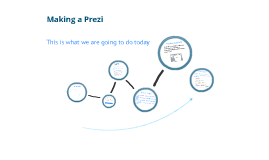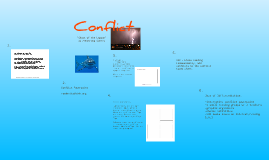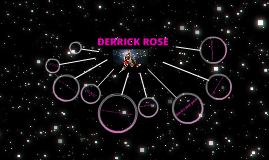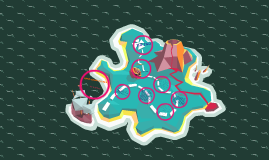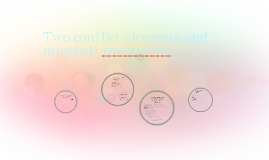two conflict elements and minerals powerpoint
Transcript: Two conflict elements and minerals powerpoint daisy villanueva chemistry period #7 2/11/15 Titanium Symbol: Ti Atomic mass: 47.867 Atomic number: 22 Number of Protons/Electrons: 22. Number of Neutrons: 26 5 stable isotopes Symbol: Rb Atomic mass: 85.4678 Atomic number: 37 Protons/Electrons: 37 Number of Neutrons: 48 Rubidium-87 is an isotope of rubidium it is hypoallergenic, and one of the most environmentally friendly metal. It also reduces land, water or air pollution from corrosion failure of process plant. Titanium is Recyclable resistance to corrosion reduces metal loss and energy input for repair/replacement facts for conflict element #1 history, properties and fun facts : titanium how does rubidium have an human impact on local, workforce, and politics ? how does the element have an human impact on local, workforce, and politics? was discovered by the German chemists Robert Bunsen and Gustav Kirchhoff in 1861 while analyzing samples of the mineral lepidolite (KLi2Al(Al, Si)3O10(F, OH)2) with a device called a spectroscope. map & how is rubidium mined rubidium is present in some minerals found in North America, South Africa, Russia, and Canada. how is it mined ? A common method for producing rubidium is to pass an electrical current through molten (melted) rubidium chloride Rubidium is a soft, silvery metal. It has a melting point of (102°F) and a boiling point of (1,270°F). Its density is 1.532 grams per cubic centimeter. history, properties and fun facts : rubidium Has the electron arrangement: 2, 8, 10, 2 So it has 2 electrons in the outermost shell (2 valence electrons) It catches fire when exposed to oxygen in the air rubidium is water reactive. if it comes in contact with moisturize skin it will easily form rubidium hydroxide, which causes chemical burns of eyes and skin. how does the element have an environmental impact on the wildlife, pollution, and land ? map & how is titanium mined facts about #2 Rubidium Titanium was discovered in Cornwall, Great Britain, by William Gregor in 1791 and named by Martin Heinrich Klaproth for the Titans of Greek mythology. Most titanium mining is done by open pit, meaning that the soil is taken from the ground and sent to factories where the ore can be removed. Titanium is found in many minerals. It is found in the minerals rutile (TiO2), ilmenite (FeTiO3), and sphene, and is present in titanates and in many iron ores. titanium is Low toxicity. When in a metallic powdered form, titanium metal poses a significant fire hazard and, when heated in air, an explosion hazard. how does the element have an environmental impact on the wildlife, pollution, and land? rubidium is not seen as a threat in any environment, Plants will adsorb rubidium quite quickly. Rubidium enters the food chain and so contributes to a daily intake of between 1 and 5 mg. how is it mined ? Rubidium is one of the most active elements.






